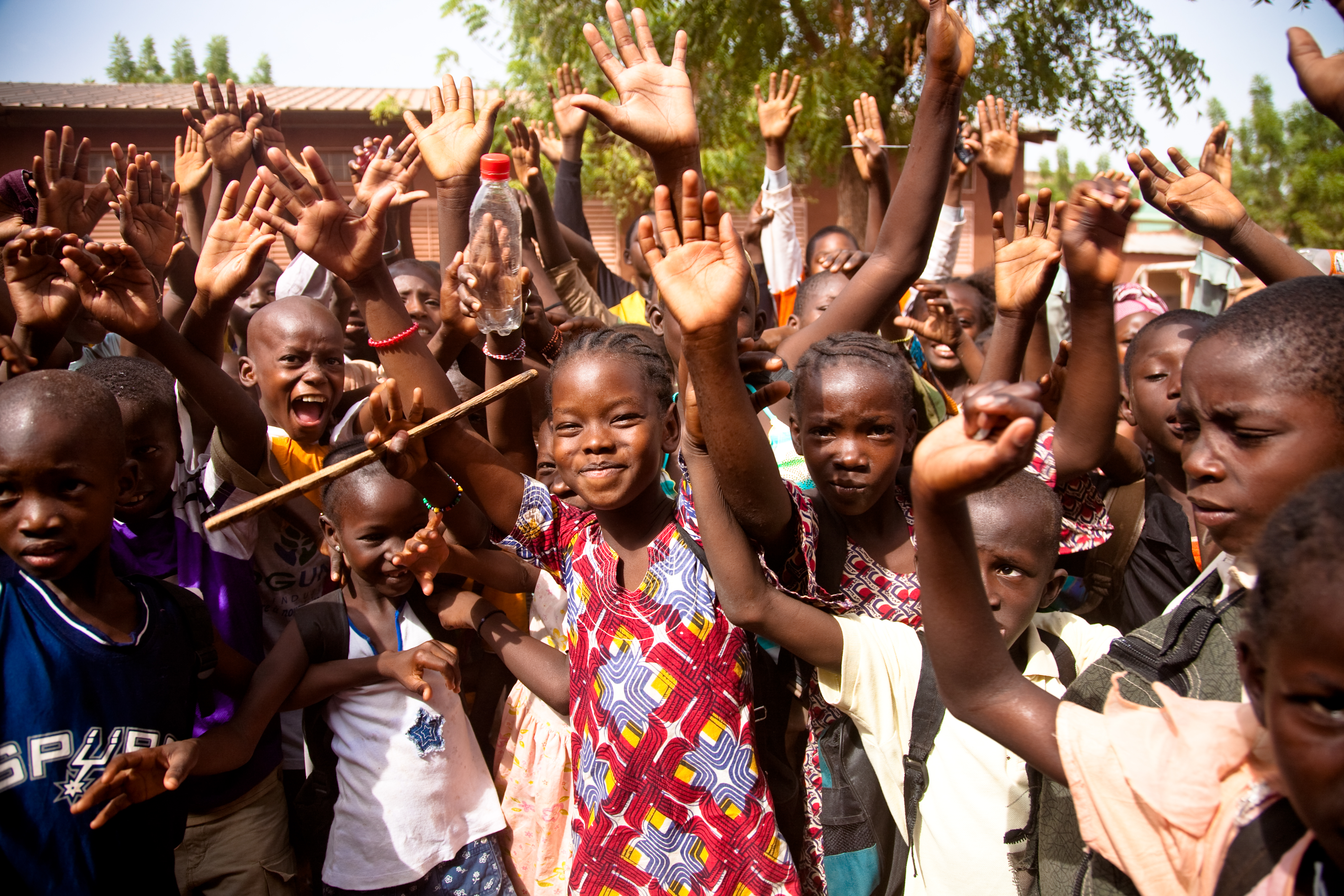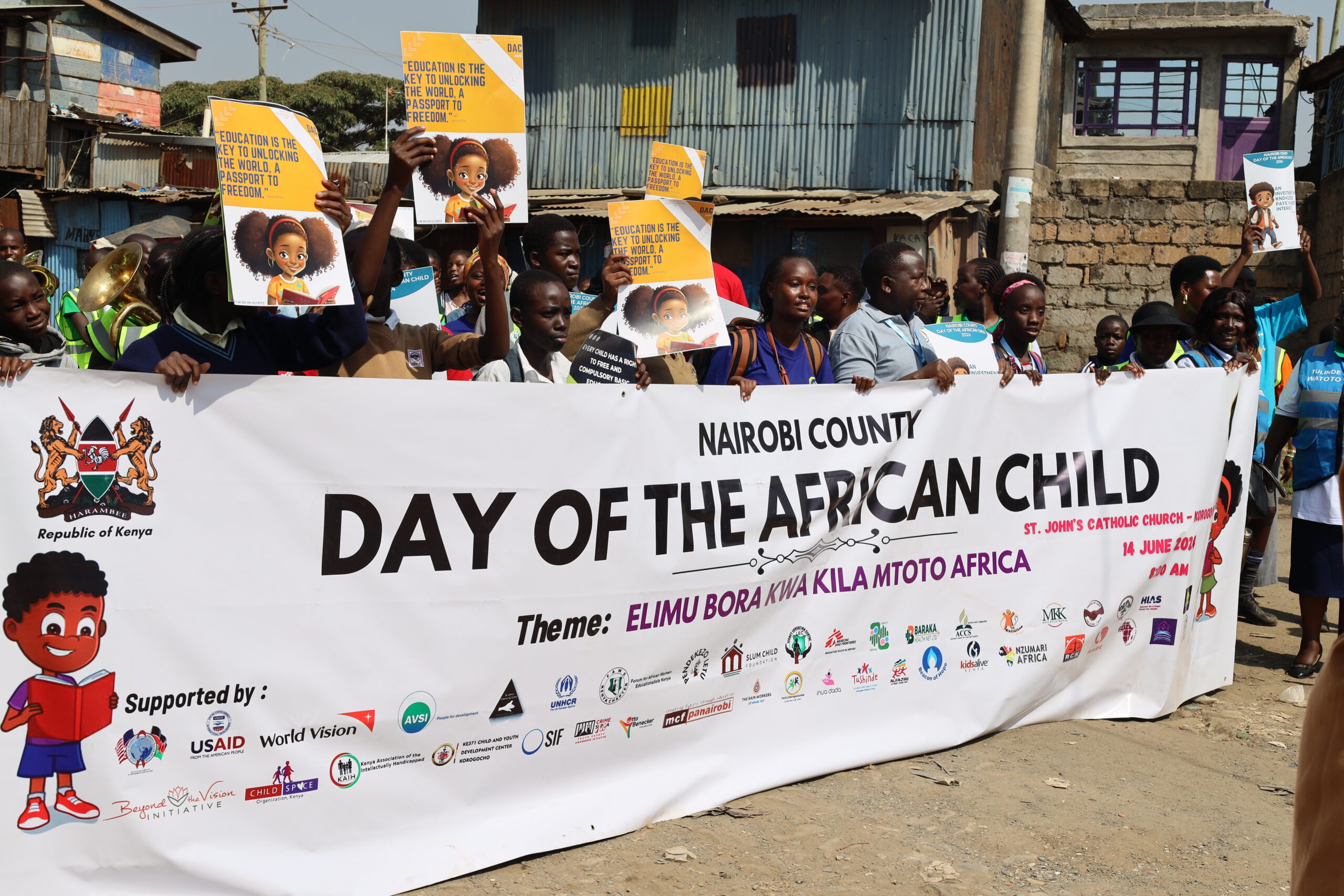Today as we mark the International Day of the Girl under the theme “Girl Force: Unscripted and unstoppable”, I reflect on the hurdles the girl child has overcome, some of which continue to prevail to date. It still saddens me that there are 132 million girls that are out of school, this is according to a 2018 World Bank Report. This number does not even include girls in refugee camps and conflict countries.
There have been several impediments to girls education such as: family preferences to educate boys over girls, low access to sanitary products and poor sanitation in schools. Long distances to schools also put girls off from attending schools. Moreover, most of them go to school tired from household chores such as fetching water and cleaning houses. This problem is common among rural and peri-urban girls in particular.
Schools continue to serve as breeding grounds for unhealthy teacher-pupil relationships and sexual related gender based violence inflicted by males’ students. These situations which have often led to rape are the reason some girls have left school and earmarked them as unsafe.
Early marriages remain a challenge in achieving gender equality in education. Girls are married off before their 18th birthday around the time they should be completing their high school. These girls therefore go on to focus on their new homes, motherhood and eventually disconnect from studies completely. Harmful cultural practices like FGM have robbed and continue to rob girls off their school years. Early pregnancies have also led to high school dropout rates among girls because of lack of and poorly implemented policies to enable them complete their studies after giving birth.
I remember that in my primary and secondary education, I took part in a science club called Junior Engineers and Technicians and Scientists (JETS). In this club there were more male students than female students and hence this led females to shun the program. I would describe this sex ratio as being socially constructed and not one that is naturally defined. Some girls literally left the club or feared to join because it seemed to have nothing for them. However i made a decision to stay in the club since it boosted my confidence and ability to view myself as being just as brilliant as the boys. Sometimes my science projects would scoop awards at science competitions held both within and outside the school. I got to outshine boys projects which featured in the competing category. This sort of exposure is what female learners need in order to be able to claim their right to a holistic and beneficial education.
I appreciate the fact that over the years much emphasis has been placed on women and girls having access to formal and informal education. There has been a lot of progress on enrollment of girls in school but we need to ensure these girls make it through to all levels of education. Similarly, we will counter poverty in Africa if the woman in urban, rural and hard to reach areas is able to fend for herself and family. Education empowers this woman to expand her income base and become independent and a co contributor to the development of the family. We must encourage girls to speak out; share their agonies, and support each other.
As a beneficiary of FAWE’s programs I can attest to the transformation that happens when a girls is educated and receives the much needed skills for the workplace.
Writer: Thukiwe Namfukwe, FAWE Zambia Alumni and Norec Fellow 2016






Leave A Comment